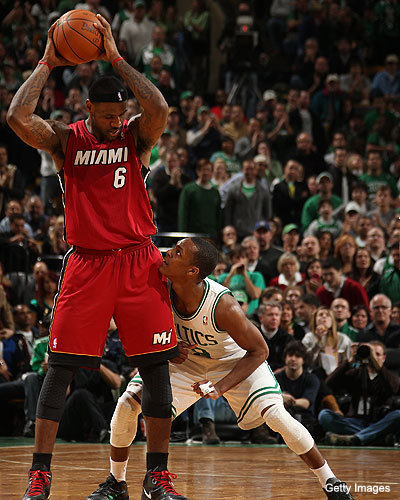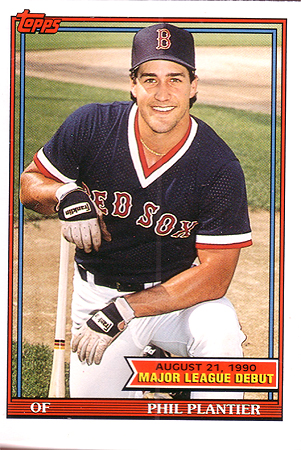What to do, what to do? If you’re Bill Belichick and the New England Patriots, the answer is, well, just about anything you want. Currently the Pats have 5 picks tonight. I say currently because it is all but assured that this will change. In Round 2 they have #’s 1 (33 overall), 24 (56), and 28 (60). In Round 3, its #’s 10 (74) and 28 (92). Talk about options. The first round went just about perfectly to leave their first pick, #33, with maximum value. The early run on QB’s last night left on two top signal callers (Dalton & Mallett) with a number of QB needy teams who will need to move up if they want to grab one. Teams potentially looking to trade up for a QB – Cincy, Cleveland, Arizona, San Fran, Washington and Oakland. With QB needy Buffalo sitting at #34, this is ideal for the Pats. Apparently Cincy even tried to trade up to #32 with Green Bay to take Dalton last night. There are also several highly rated players (Bowers, Reed) still available for one reason or another, that New England could either select, or find other trade partners for. Of the 5 picks tonight, I would guess that four players are chosen, with one pick being moved into next year.
While last night may have left many fans disappointed, it addressed one major area of need – Offensive Tackle. Tonight’s selections should address the remaining positions – OLB, DE, RB and OG. I was planning on putting together a list of players I thought the Pats would select until I came across ESPN’s Mike Reiss’s 2nd Round Mock Draft. He hit the three players I was targeting for the Patriots to select:
#33 - Jabaal Sheard (OLB, Pitt): I covered him earlier this week and still think he’s the right fit for an OLB in the Pats 3-4. He has the ability to move to DE in sub-packages. While Reiss is projecting him at #33, I foresee a trade with one of the QB needy teams mentioned above looking to leap-frog Buffalo and Cincy to grab Dalton. My best guess is Arizona (6th pick of 2nd round) or Washington (9th).
#56 - Allen Bailey (DE, Miami): Also covered here this week. Earlier than I projected, but since the depth at DE is gone, it’s the right idea to take him here.
#60 - Mikel Leshoure (RB, Illinois): Reiss, Kiper and McShay all project the Pats taking Leshoure here, and while I agree; that probably means it won’t happen. He’s a better fit for the Pats than Ingram, given his superior pass blocking ability (meaning he can play all 3 downs), is a one-cut type runner that the Pats love (like Benny) and bigger than Ingram.
Here are some thoughts on other names of note that are options tonight:
Da’Quan Bowers (DE, Clemson)– Bowers was initially projected to go in the top 10, but a recent knee injury has scared teams away from him. Somewhat reminds me of Sergio Kindle last year. He’s an immensely talented player, and someone will take the injury risk for his tremendous upside early in Round 2. I don’t see that team being the Patriots. Shocking I know. But Bowers (6’3”, 280lbs) is a bit small to play DE in the Pats 3-4, and doesn’t project well at OLB. Plus knee injuries are something they tend to shy away from. Tempting, but I don’t see it.
Brooks Reed (DE/OLB, Arizona) – Reed was discussed here earlier this week, and is now in the range where he could be worth the pick. Mel Kiper Jr. now has the Pats taking him with #33, but the more I read about him, the less I’m sold. Jerry Thornton’s take (linked yesterday) sums it up pretty well.
Akeem Ayers (OLB, UCLA) – Also covered here earlier this week, but I still think he’s too small.
Justin Houston – Most likely pick if they don’t go with Sheard.
Dream scenario trade that is based off of absolutely nothing and probably extremely unrealistic, but I figured it would be fun to try:
New England to Washington:
#33 overall pick (1st pick, Round 2)
#74 overall pick (10th pick, Round 3)
#125 overall pick (28th pick, Round 4)
Washington to New England:
#41 overall pick (9th pick, Round 2)
#49 overall pick (17th pick, Round 2)
Washington gets Dalton and picks up 3rd and 4th round picks for this year (of which they have none). New England picks up and extra 2nd Round pick, giving them 4 for this year. The Pats use #41 and still get Sheard, the player they want. After that, they use two of the other picks on the players mentioned above, and trade another into a 2012 1st Round pick, giving them three 2012 1st Round picks. Like I said, unrealistic, but man would that be sweet.
All I know is that it should be an awfully exciting night from a Patriots perspective. The only problem is that Roger Goodell decided it would be a good idea to have the draft on a Friday night. Apparently he doesn’t go out. But I do; so hopefully there is a more dedicated writer out there than I so I can catch up on all of Belichick’s moves in the morning.











